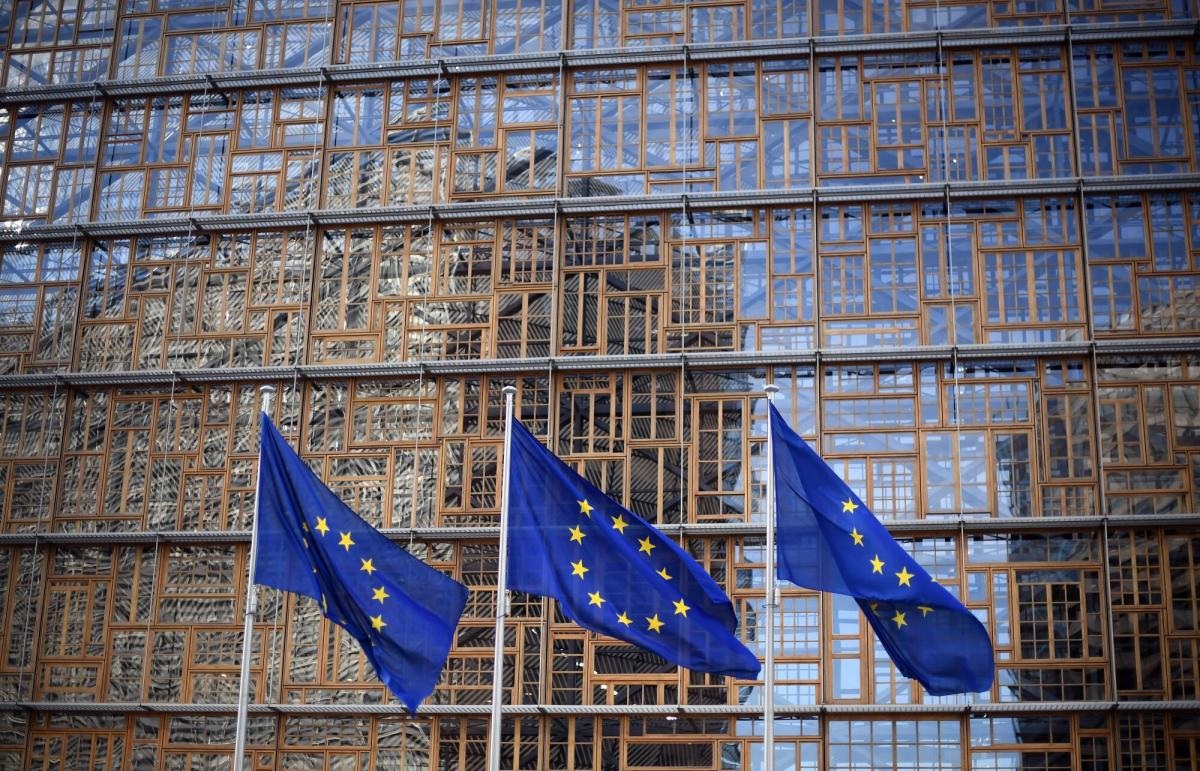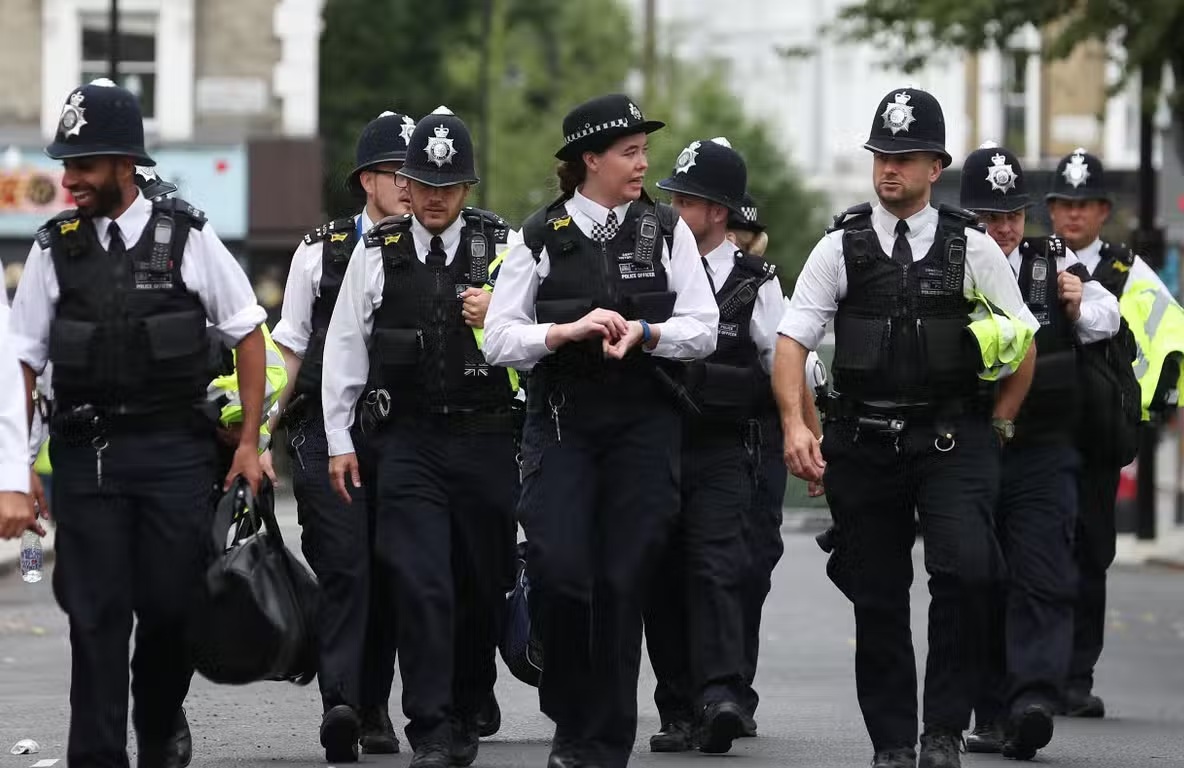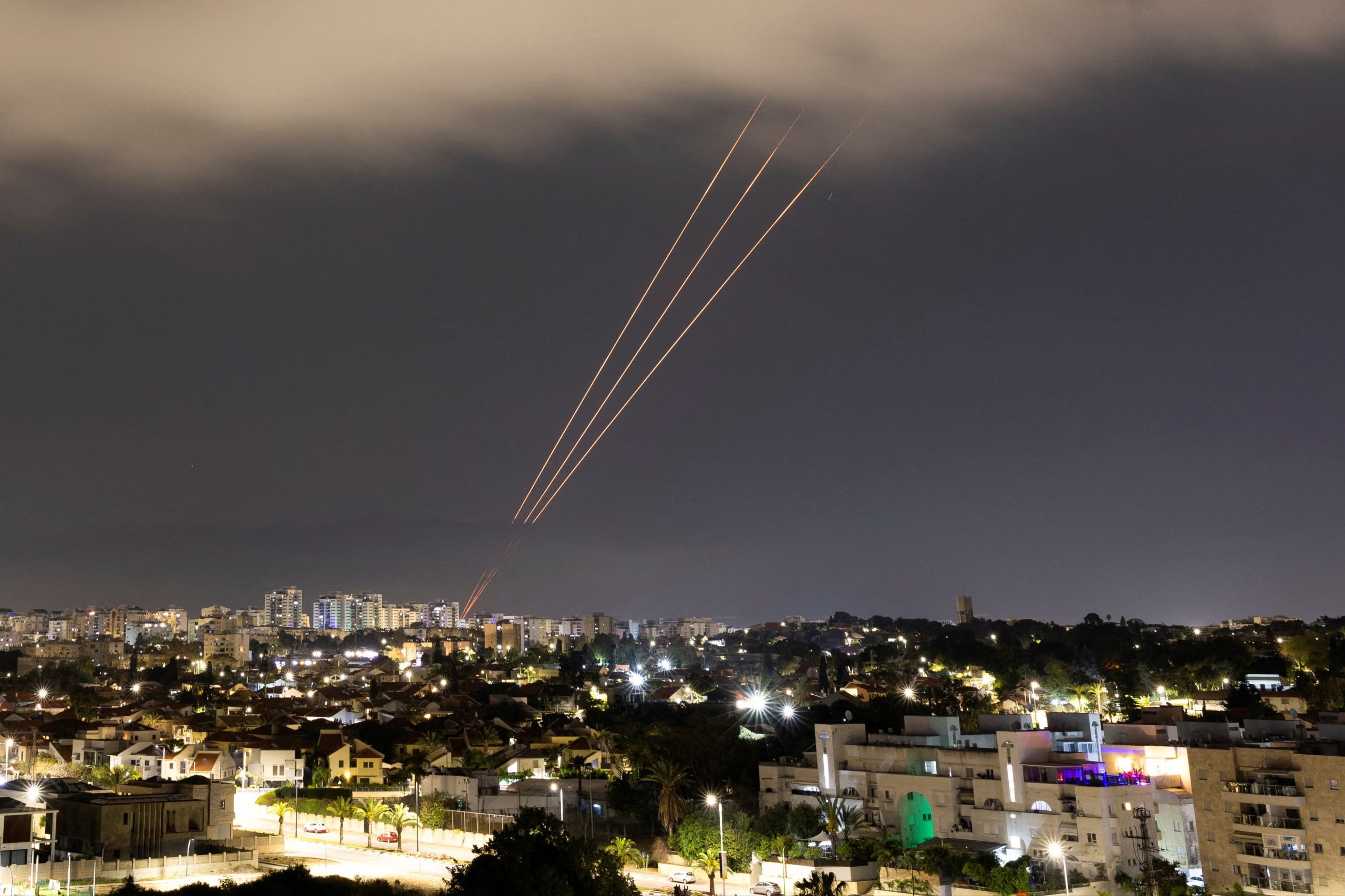European Centre for Counterterrorism and Intelligence Studies, Germany & Netherlands – ECCI
ISIS Fighters’ Children Are Growing Up in a Desert Camp. What Will They Become?
Leaving captured men, women and children in prisons and camps run by Kurds risks seeding a new global terrorism disaster, rights groups and the U.S. military warn.
By Charlie Savage
Nytimes – AL HOL, Syria — Viewed from a helicopter, this enormous camp that holds the wives and children of dead or captured Islamic State fighters was a sea of white tents against the desolate landscape of drought-stricken northeastern Syria.rom the ground, the human dimension of this tragedy came into focus. As a convoy of armored vehicles made its way up a dusty road, children emerged to stand at the fence amid garbage. Some waved. One boy, in a faded “Star Wars” shirt, stood with hands clasped behind his back. Another, in an oversize polo shirt, held aloft a star folded from paper.Al Hol is a detention camp for people displaced by the ISIS war — guards do not let residents walk out its gates. About 93 percent of the 55,000 people here are women and children, about half under 12 years old. While most have Iraqi or Syrian mothers, thousands come from about 51 other countries, including European nations that have been reluctant to repatriate them.
The world’s attention has largely moved on since the Islamic State’s last major enclave here crumbled in 2019. But left behind are tens of thousands of children growing up under brutal circumstances and intensely vulnerable to radicalization. They are surrounded by hard-line, militant women; as boys grow into teenagers, they are sometimes transferred to wartime prisons for fighters.“We’ve seen the violence, and we also know that we have a huge population of kids that are growing older,” said Daoud Ghaznawi, who oversees the administration of services in the camp by nongovernmental organizations alongside guards provided by a Kurdish-led militia that controls the region. “If this stays this way, nothing good can come out of it.”
Rights groups and the military have been sounding the alarm about the dangers of leaving the detained children of ISIS members to languish in the desert: In addition to being cruel, the miserable conditions risk forging them into a network of extremists numbed to violence and angry at the world.The camp for women and children is part of a constellation of facilities in northeastern Syria overseen by the Kurdish-led militia that also includes nearly two dozen prisons holding some 10,000 adult men — suspected ISIS fighters who have proved even more difficult to repatriate and pose the risk of breaking out.In late 2018, Al Hol held about 10,000 refugees and others displaced by war. But early the next year, as the American-backed coalition laid siege to Baghuz, the remaining ISIS stronghold, women and children who fled or survived were separated from the men and sent to Al Hol. Its population ballooned sevenfold.
For years, the State Department has urged countries to repatriate their citizens, as the United States did. Doing so is politically unpopular given the prisoners’ association with the Islamic State, and even their younger children are often stigmatized as dangerous. But trickles of women and children have left.Iraq, which has the most, is going slowly: Many Iraqis are hostile to allowing ISIS families to return. At a Middle East Institute conference last week, Timothy Betts, the State Department’s acting counterterrorism coordinator, said Iraq had repatriated about 600 ISIS fighters and 2,500 other people from Al Hol — about a tenth of its citizens here and at a smaller detention camp.
This month, France repatriated 16 women and 35 children, including some orphans. About 165 French children and 65 women are said to remain — along with roughly 85 French men.Germany has three dozen to four dozen adult men in custody here, and Belgium and Britain each have about two dozen, an official said; Turkey and Russia each have several hundred. Many European countries are especially unwilling to take back men, fearing that under their legal systems, incarceration would last only a few years.
In the meantime, security is deteriorating inside Al Hol. There have been about 25 murders this year. While the available data is imprecise, the pace of the killings has increased since late spring, including a murder last week and a woman who was found beheaded last month. Hard-core ISIS women, self-appointed as religious police, are presumed responsible for many killings as retaliation for transgressions like talking to the camp authorities.A delegation on a fact-finding mission, led by Senator Lindsey Graham, Republican of South Carolina, visited the facilities in recent weeks, inviting a New York Times reporter on a rare tour by a senior American official.
The situation here could soon get worse. Turkey considers the Kurdish-led militia that controls northeastern Syria to be intertwined with a separatist terrorist group. The militia, known as the Syrian Democratic Forces, has been the United States’ main on-the-ground ally fighting ISIS in Syria.Should there be another Turkish incursion, American officials believe hundreds of thousands of people living in the border region could be displaced, adding to the turmoil. They also fear that S.D.F. prison guards and a related internal security force at Al Hol would redeploy personnel to the front — as happened in 2019 — and could lose control of ISIS detainees.
“If a Turkish attack in fact comes down, we’re going to potentially have ISIS 2.0,” Brig. Gen. Claude K. Tudor Jr. of the Air Force, the commander of the Special Operations task force working to defeat ISIS in Iraq and Syria, said during a helicopter flight accompanying Mr. Graham into Syria.Warning that militants could try to regroup via mass prison breakouts, he added, “We think ISIS is looking to attack another prison or do something in Al Hol.”The S.D.F.’s control is already tenuous. Standing in the sweltering sun on the rooftop of a prison administration building in nearby Hasaka, General Amuda, the head of an S.D.F. commando unit that is a designated partner force of the United States and who uses a pseudonym, described a notorious ISIS attack there in January.
A two-week battle ensued, killing dozens of S.D.F. guards and hundreds of ISIS detainees and fighters. He recounted the assault in vivid detail, pointing to bullet-riddled buildings and a spot where he said militants had burned two guards alive.Afterward, as the American military sought to determine who had been killed or escaped, it became clear that the militia did not have comprehensive records about its detainees. The Hasaka inmates also included hundreds of teenage boys, some apparently culled from Al Hol as they grew up; other teens have been sent to rehabilitation centers said to lack sufficient capacity.
“That the militia in control doesn’t have a particularly accurate picture of what is going on tells you what you need to know,” said Charles Lister, the director of the Syria and Countering Terrorism and Extremism programs at the Middle East Institute. “We are doing nothing to prevent the current generation of detainees from wanting to continue to fight if they get out, and creating a melting pot for the next generation.”Dr. Abdulkarim Omar, the regional administration’s foreign relations head, said indoctrinated children who reached 12 to 14 years old must be separated because they could pose threats or produce babies for ISIS. He denied that teenagers who were sent to prisons because there was no room at rehabilitation centers were housed with battle-hardened adults.
Of the roughly 10,000 adult male detainees accused of fighting for ISIS, about 5,000 are Syrian; 3,000 are Iraqi; and 2,000 come from some 60 other countries, officials said.A majority of those 2,000 come from countries in the Middle East or North Africa, including Tunisia, Morocco, Algeria and Saudi Arabia. About 300 are Russian, while more than 250 come from Western and European countries, officials said.Al Hol is similarly divided. The main camp holds about 47,000 Syrians and Iraqis. An annex holds 8,000 wives and children of ISIS fighters from other countries. About 66 babies were born each month last year, they said.
In 2022, the United States military is set to spend $155 million in Syria to train and equip the S.D.F., along with related work like bolstering ISIS prisons. The State Department and U.S. Agency for International Development plan to spend $852 million on humanitarian assistance in Syria and support to refugees in nearby countries.Pentagon funds have helped pay for guards and infrastructure, including metal detectors at Al Hol, and internal fences are expected to be built this month to allow guards to close off areas in a riot or after raids to clear out smuggled weapons. The American military is also logging biometric data, like DNA, of adult male prisoners.In Hasaka, Maj. Gen. John W. Brennan Jr., the commander of the anti-ISIS task force in Iraq and Syria, said that nations unwilling to repatriate their ISIS citizens should at least pay the S.D.F. for housing them.
Mr. Graham also suggested that the United Nations could create an international tribunal to prosecute Syrian ISIS members; the breakaway region is not a recognized sovereign nation with a legal system. But he noted that people had floated the same ideas during a similar visit four years ago and compared the situation to false calm after World War I.“Most people think the war with ISIS is over,” Mr. Graham said. “They don’t think about how you repair the damage. What do you do with the prisoners? How do you give young people better options? That’s why they give wars numbers — they just keep repeating.”
Most children at Al Hol do not attend school — there are not enough of them, and some women refuse to let their offspring go. Mr. Ghaznawi said two schools were recently forced to close; they had stopped hiring camp residents as support staff, he said, and were repeatedly attacked.Kathryn Achilles, the advocacy, media and communications director for Syria for Save the Children, said it operates six “temporary learning spaces” at Al Hol, including one that the organization recently rebuilt after it was set on fire. They teach a basic curriculum of English, Arabic, math and science. But the growing violence, she said, is further traumatizing the children.
“These kids didn’t choose to go to Syria or to be born there, and they are trapped in this cycle of violence that is punishing them for the sins, or perceived sins, of their fathers,” she said. “The S.D.F. has been left with the responsibility of holding these people. These children are caught in the system, but what they need is to be returned home.”Linking improved camp security to quality of life, Mr. Ghaznawi downplayed episodes in which children at Al Hol threw stones at reporters as restless children acting out, but added that it could become worse.“We have a young population that is going to grow older and older,” he said, “and going to go from having violent acts to eventually having more and more ideological affiliations with ISIS.”Sangar Khaleel contributed reporting from Iraq.




